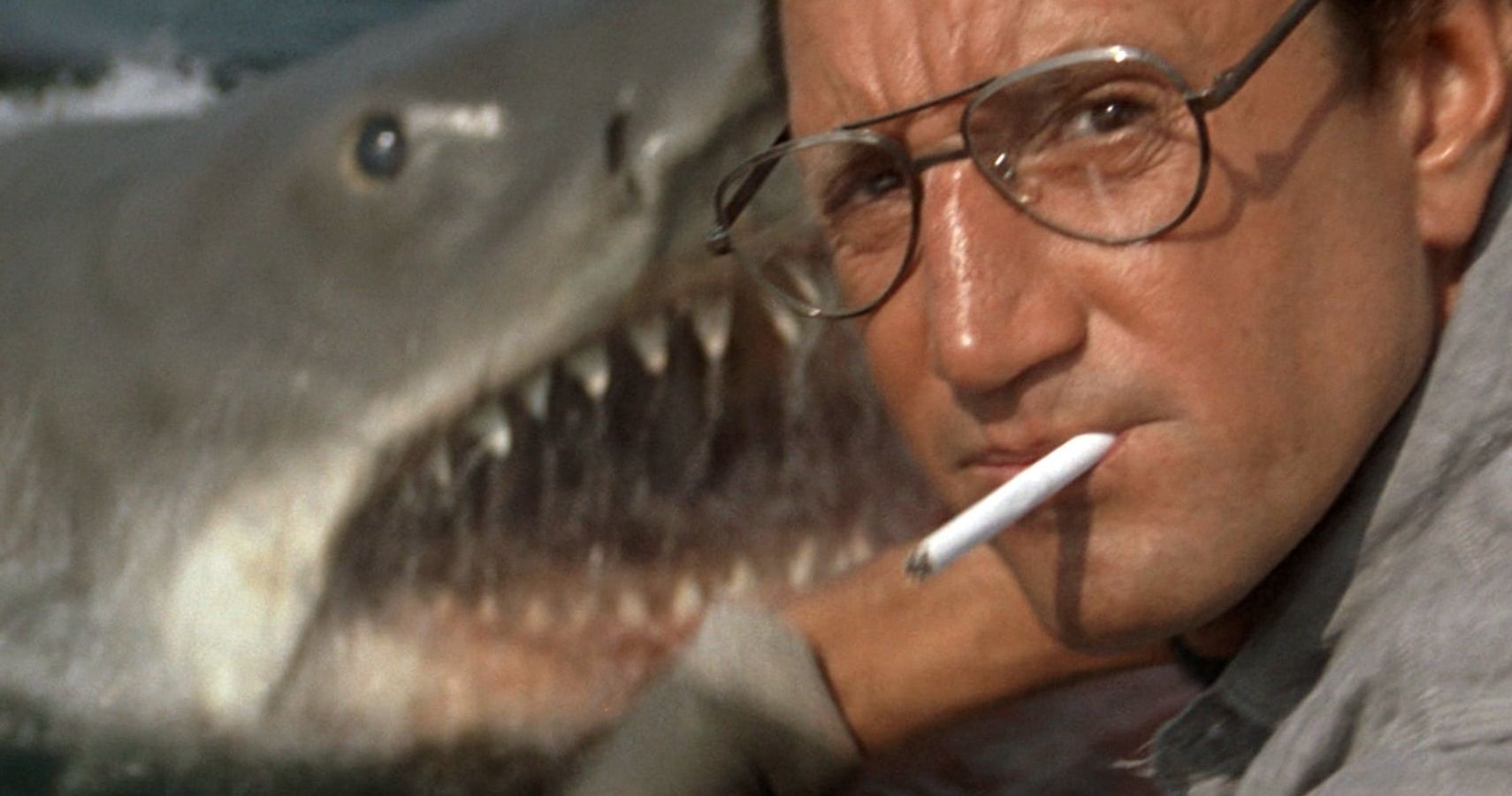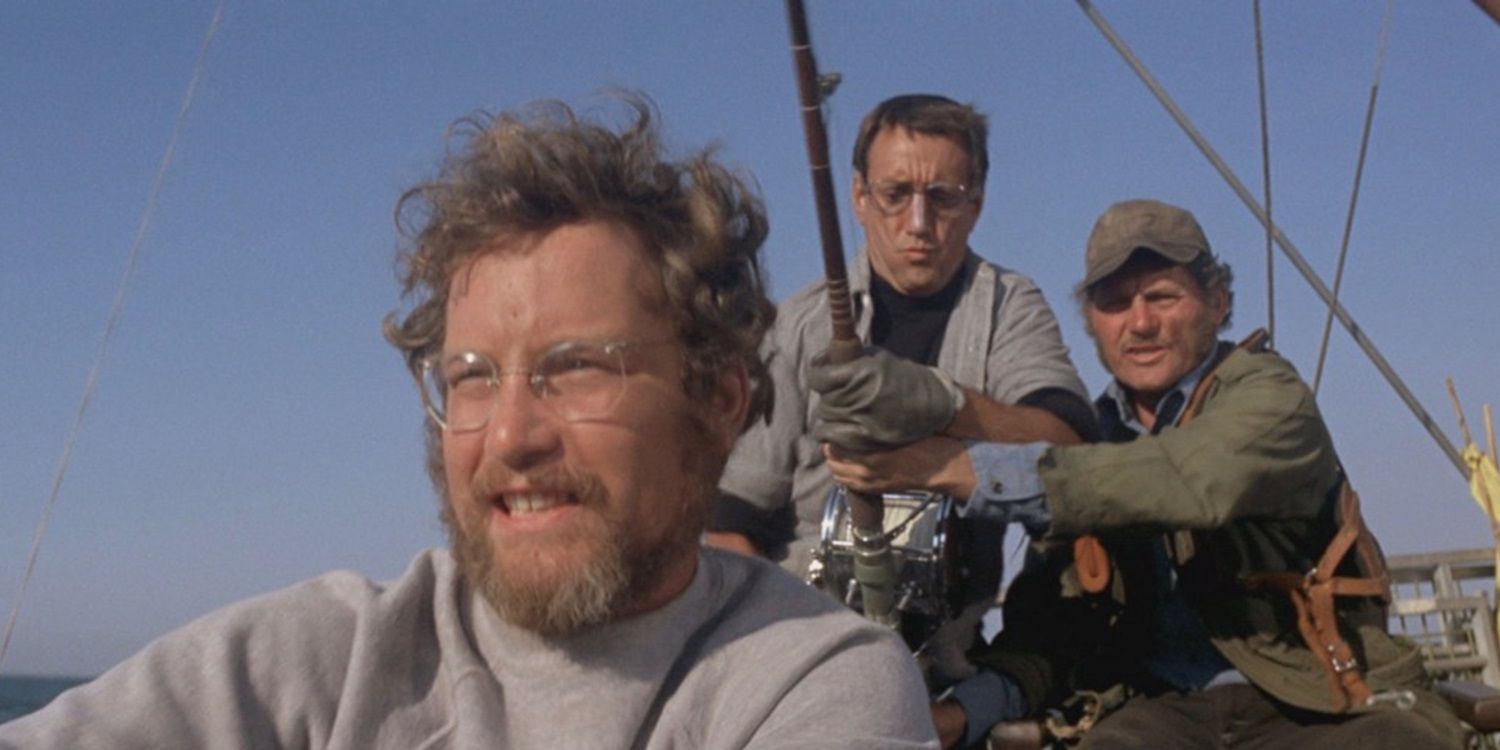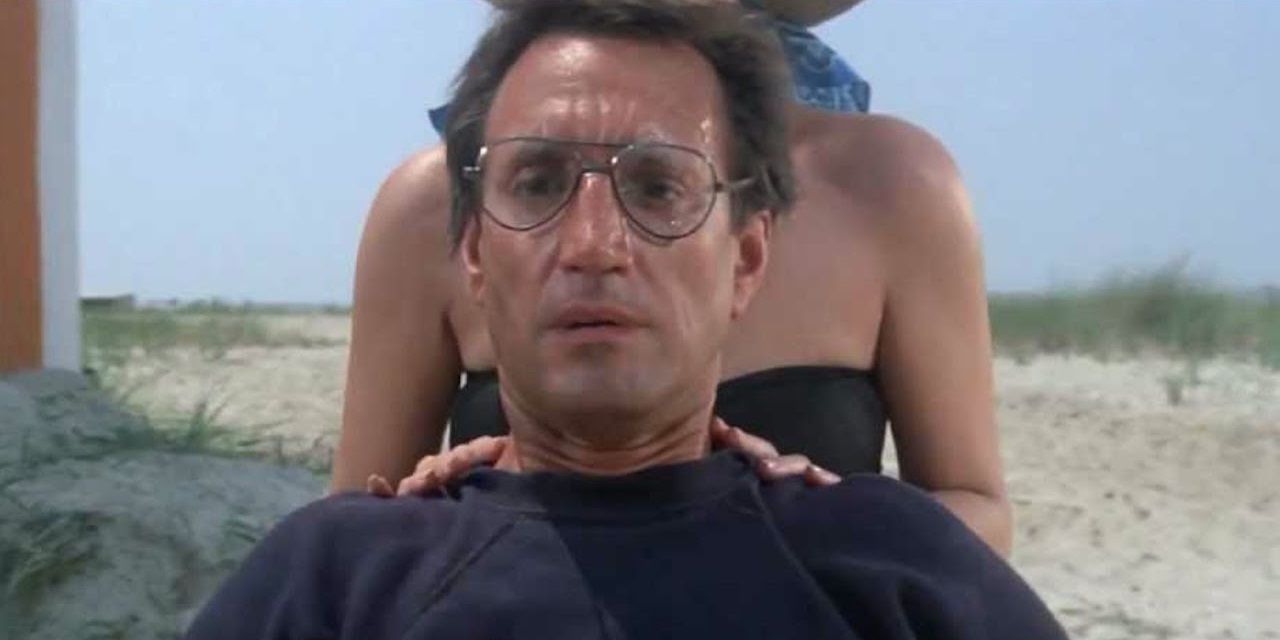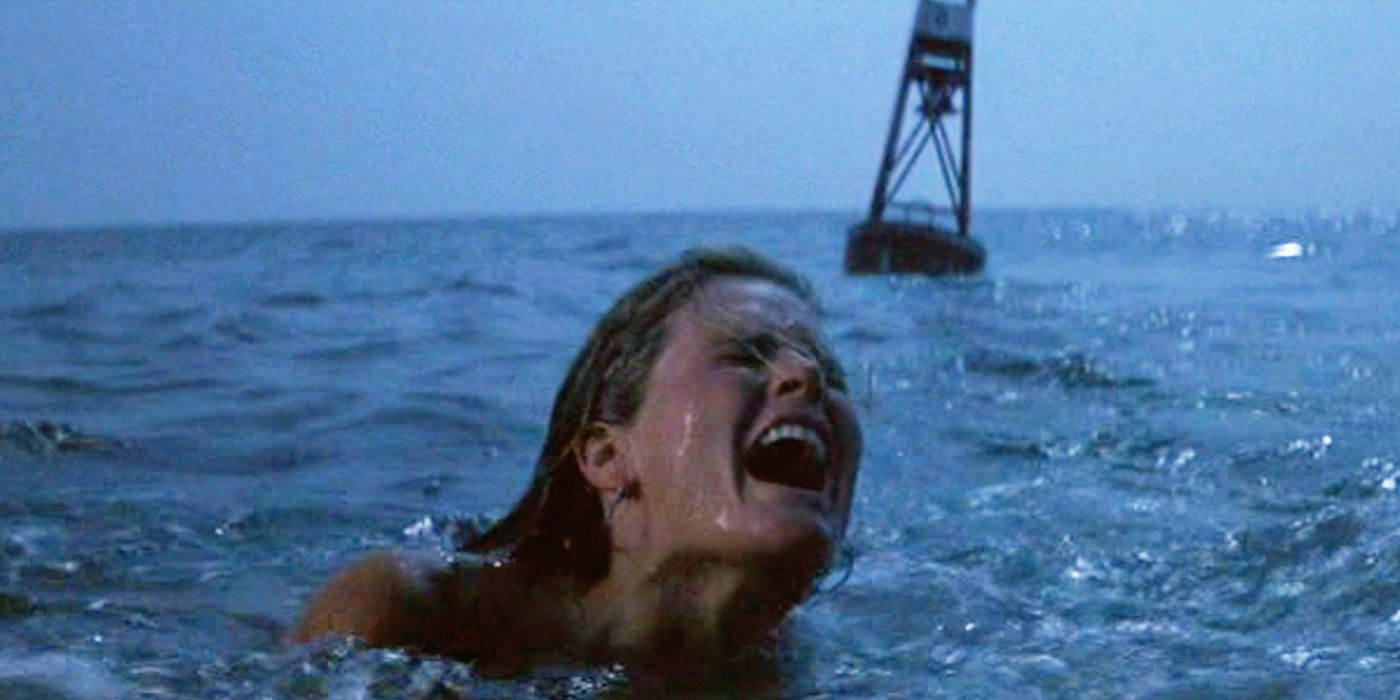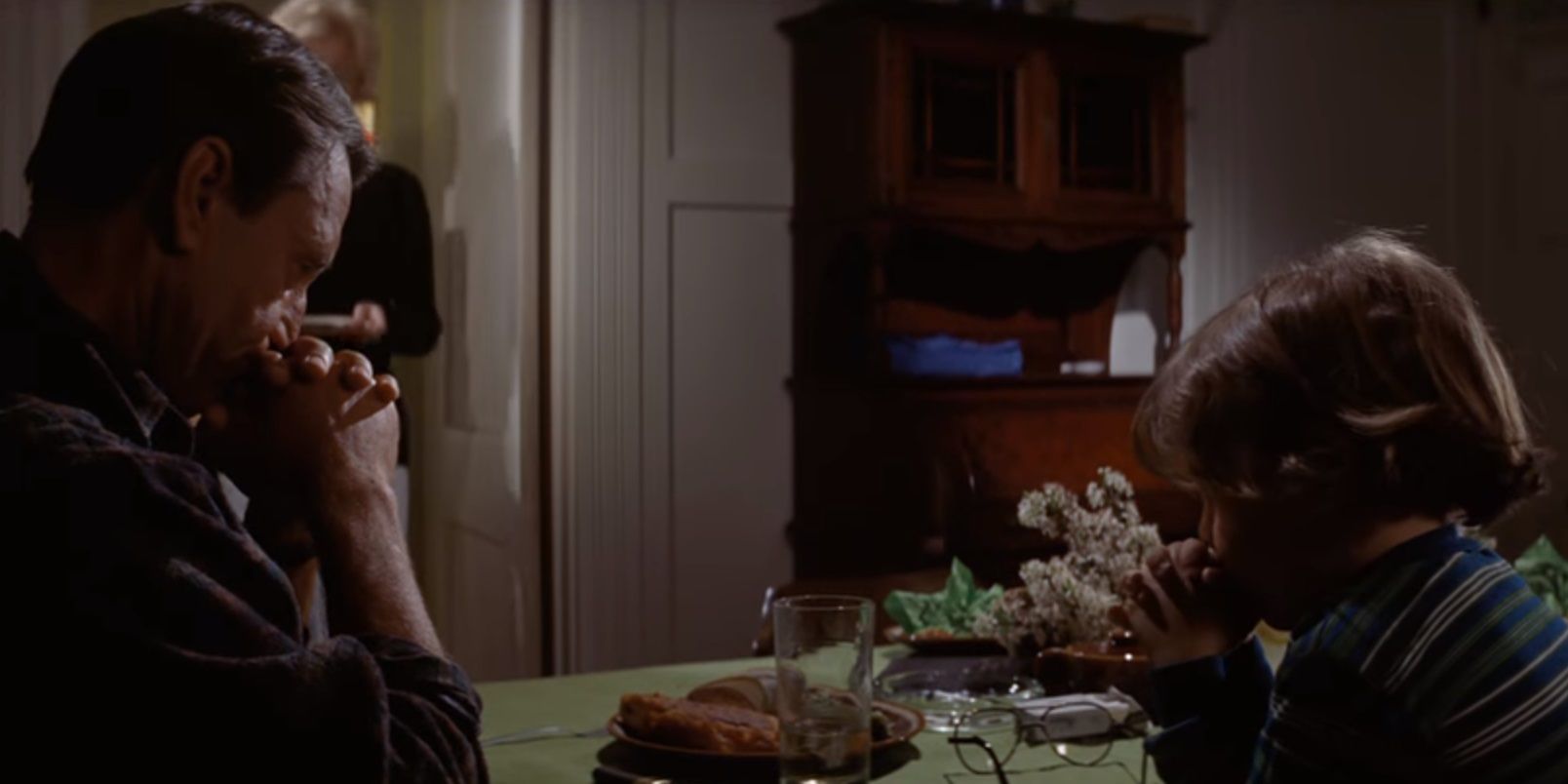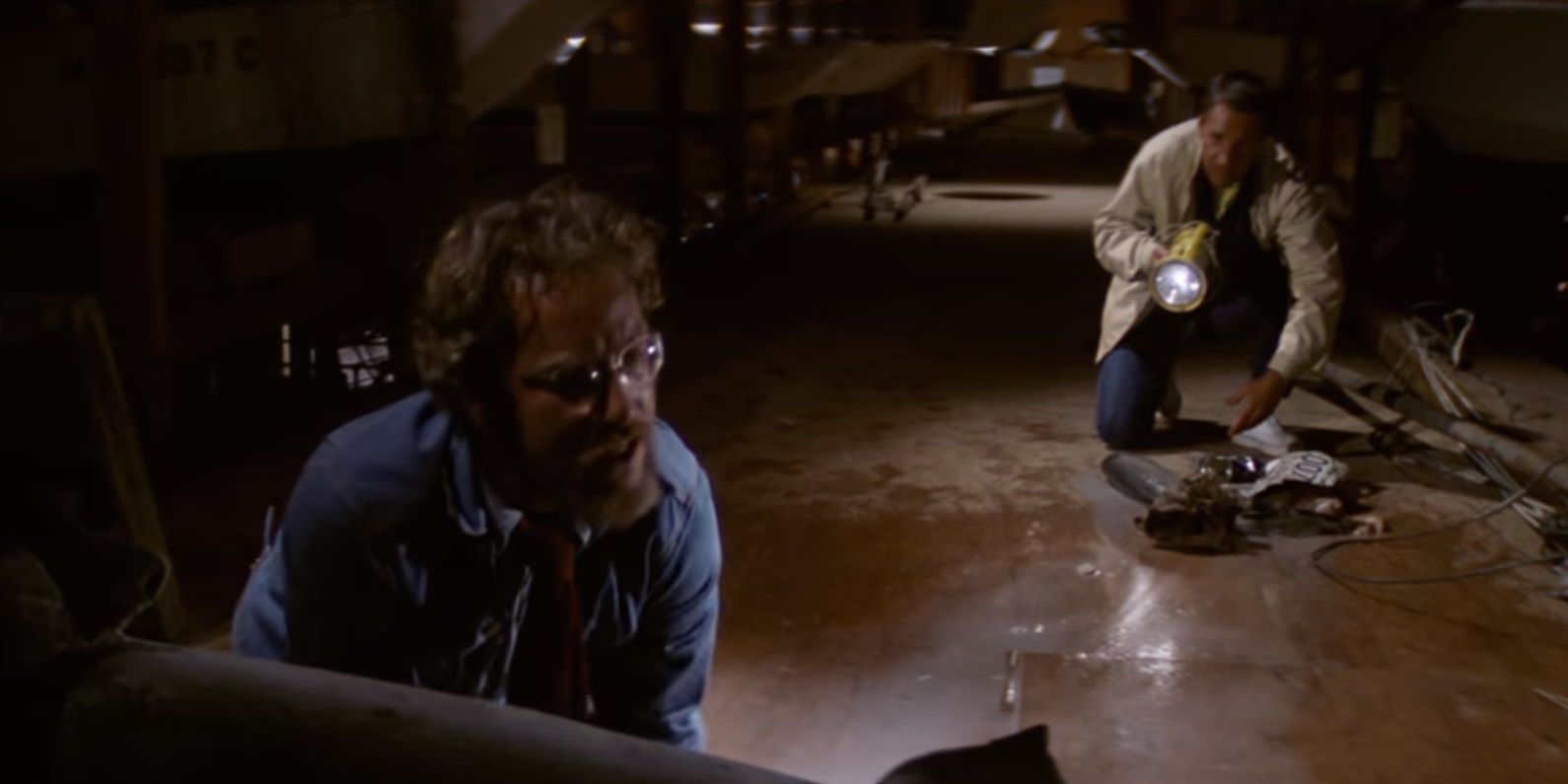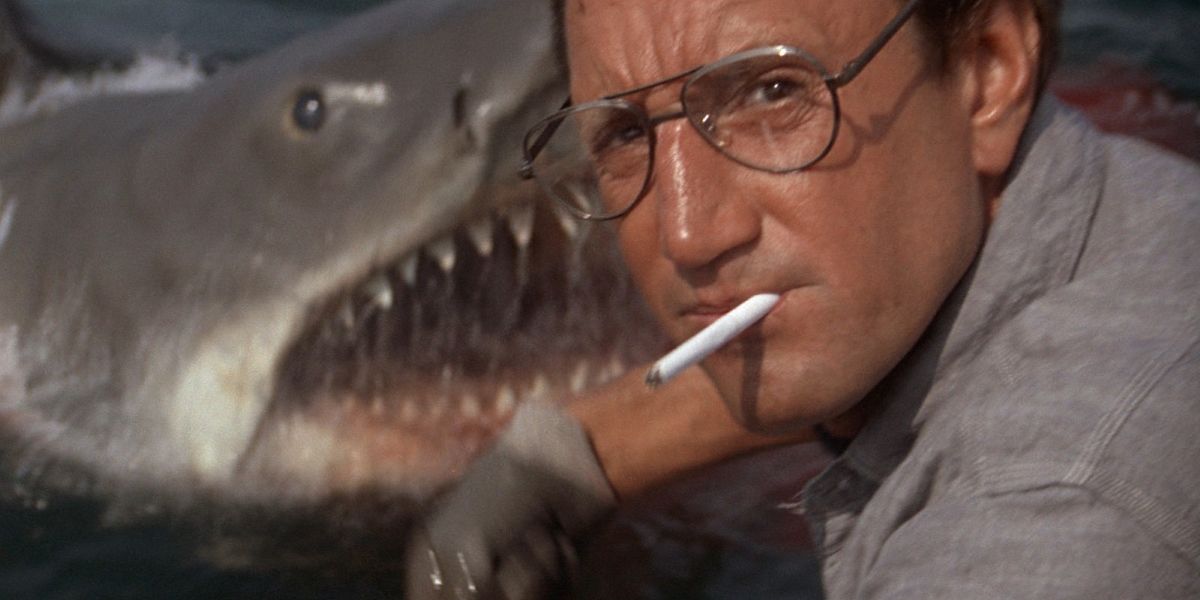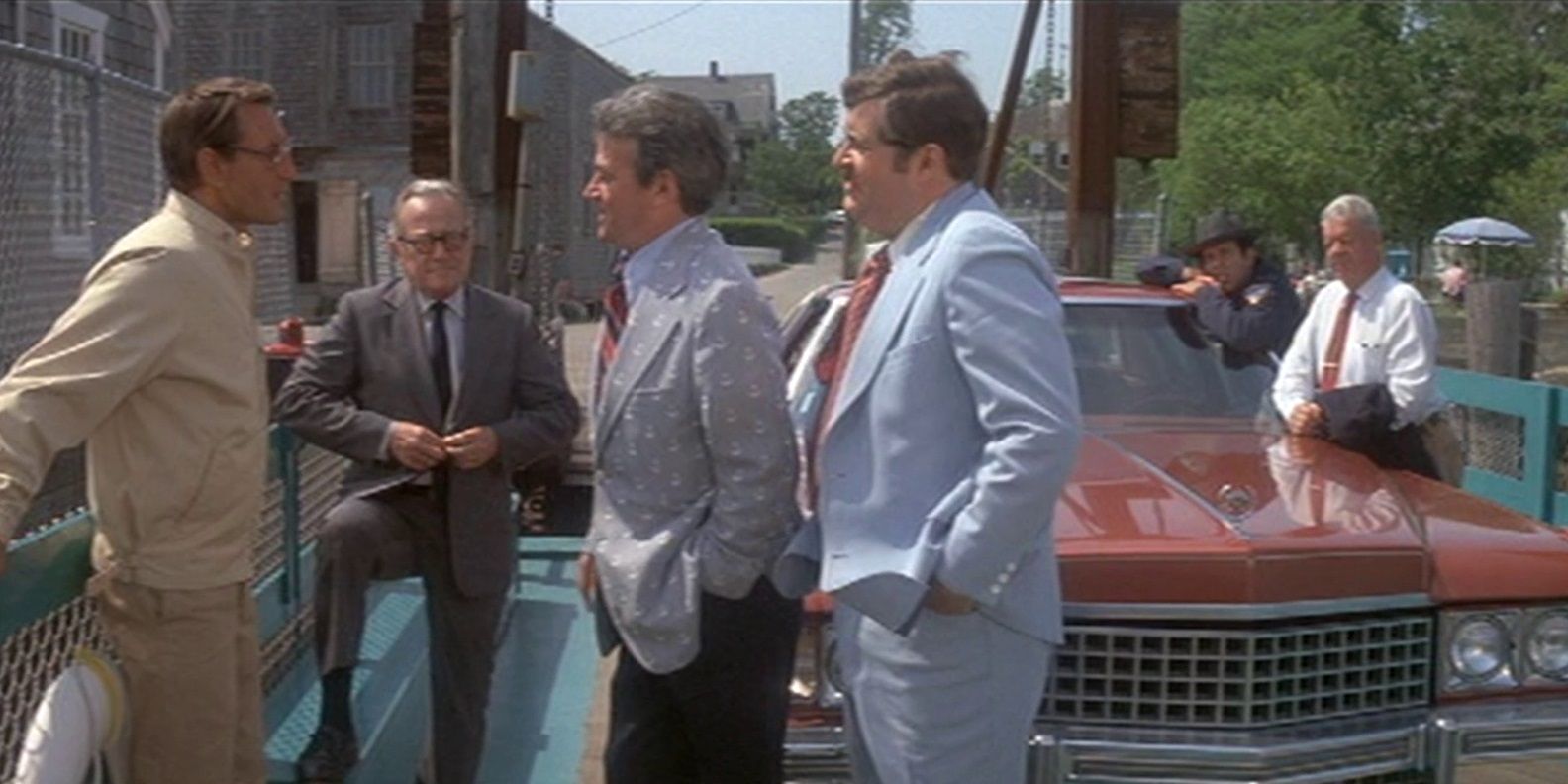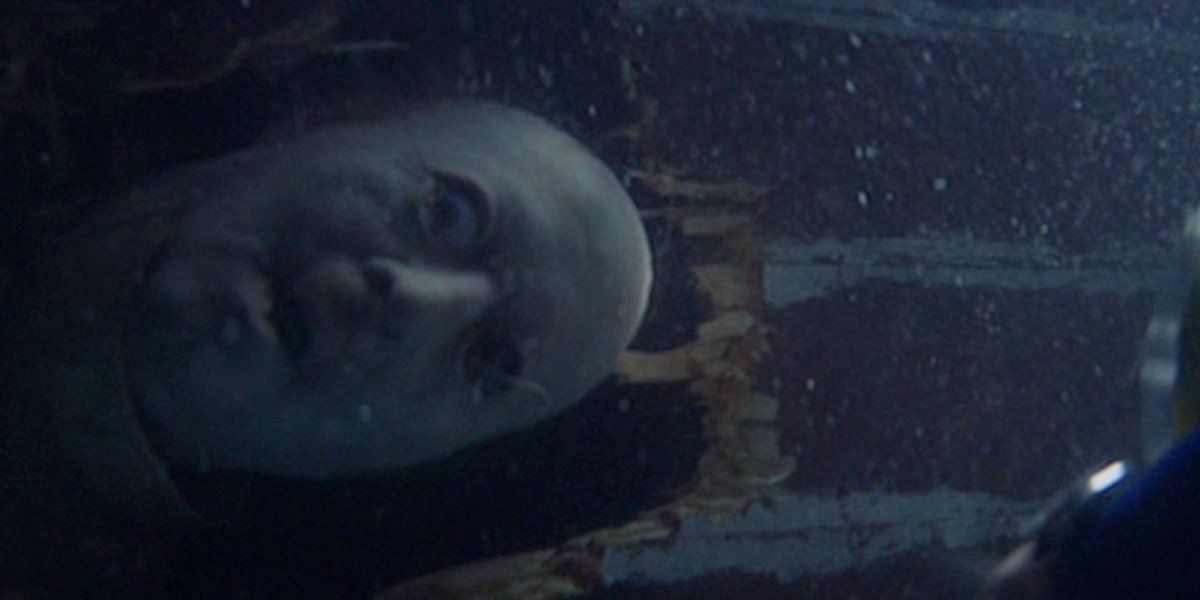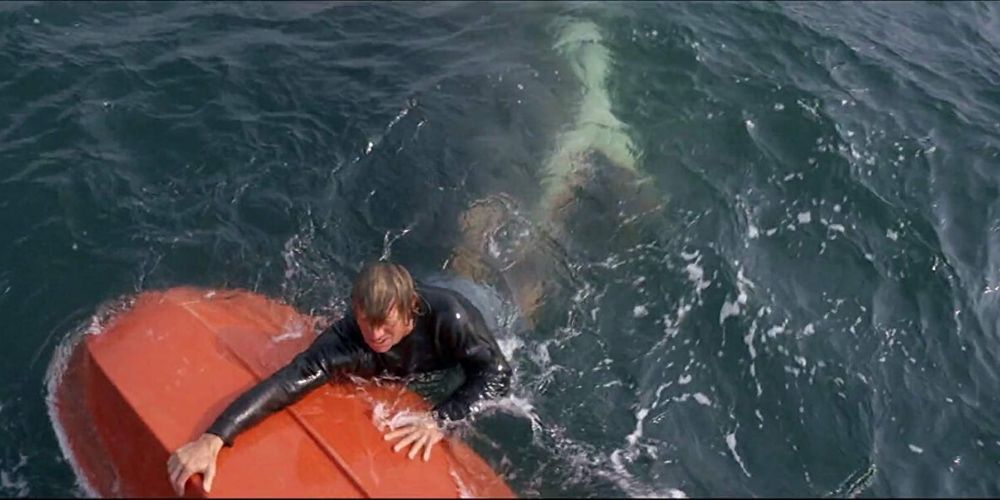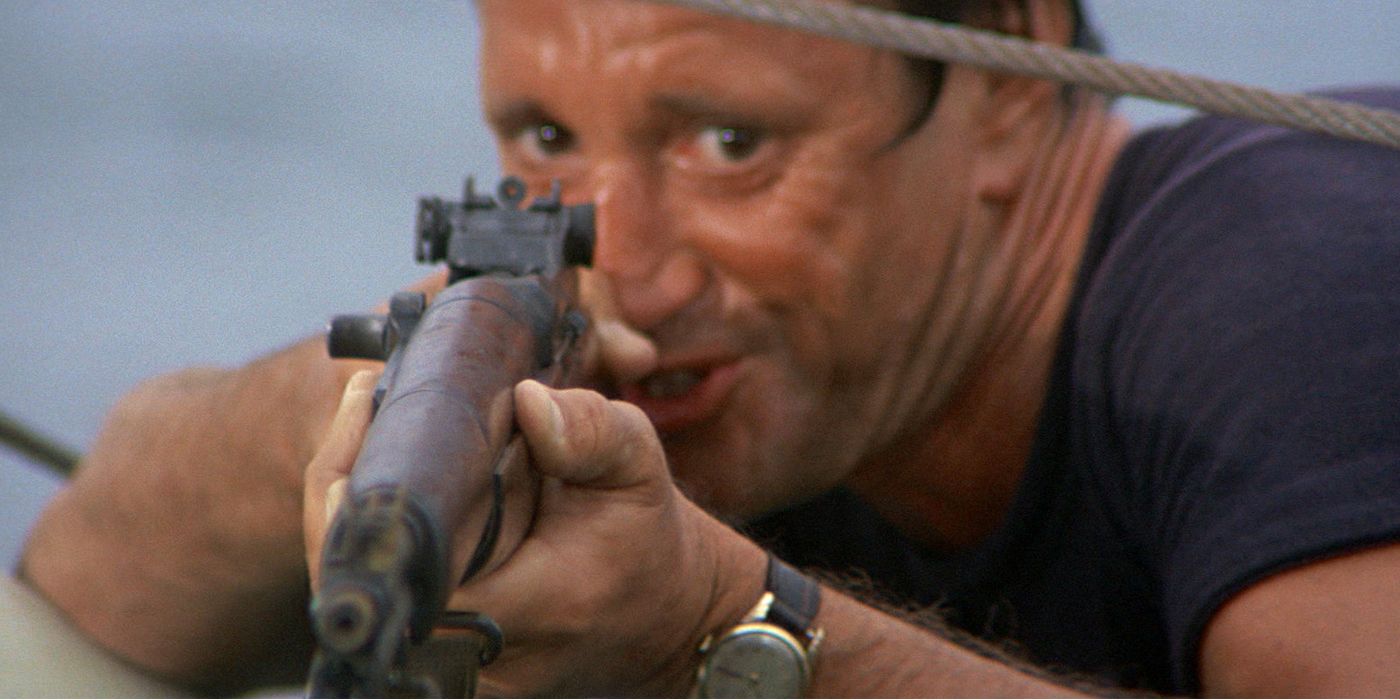Steven Spielberg’s Jaws is a suspenseful masterpiece that changed Hollywood forever. It singlehandedly paved the way for 50 years of high-concept summer blockbusters, and ensured that Spielberg could make whatever movies he wanted for the rest of his career. Unfortunately, its three sequels haven’t even come close to matching its masterful storytelling and Hitchcockian levels of terror.
The second movie pulled a Die Hard 2 and repeated the plot of the first one, the third one relied on its dreadful 3D effects, and the fourth one will have a place in film history as one of the worst movies ever made, just like the original has a place as one of the greatest movies ever made. Here are 10 things that made the original Jaws movie great, and have been missing from the sequels.
It’s Not Really About The Shark
The great thing about the original Jaws movie is that it’s a shark movie, but it’s not really about the shark. It’s about three guys with very different personalities and worldviews who are forced to work together when a small seaside town is being terrorized by a 25-foot great white.
The shark is just there to get the trio onto a boat in the middle of the ocean, where the bonding and head-butting can commence. In the sequels, it’s always about the shark. The limp plots are just there to get from one shark-infested set piece to the next.
Inventive Cinematography
From the dolly zoom on the beach that conveys Brody’s state of alarm to the iconic one on the ferry that establishes the power dynamic between Brody and the Mayor’s office, 1975’s Jaws is filled with inventive cinematography, courtesy of director of photography, Bill Butler.
Butler shot the Orca scenes like a pirate movie, delivering a modern take on some of the visual tropes of cinematic portrayals of nautical exploration. Despite the fact that one of the sequels was in 3D, none of the cinematography in the follow-ups has really grabbed audiences like the original did.
Tense Musical Score
John Williams’ theme from Jaws is one of the most iconic musical compositions ever written for the screen. And the rest of his Oscar-winning score for the movie equals its brilliance, matching the on-screen intensity with relentless leading-tones.
Williams returned for the first sequel, but without the chance to collaborate with Spielberg, he sort of phoned it in. Composers Alan Parker and Michael Small scored Jaws 3D and Jaws: The Revenge, respectively, but their music never really stands out the way that Williams’ initial compositions did.
Three-Dimensional Characters
In the first Jaws movie, the characters are all rounded, three-dimensional, and thoroughly developed. Roy Scheider, Richard Dreyfuss, and Robert Shaw each give noteworthy performances as Brody, Hooper, and Quint, respectively, creating a believable dynamic.
The sequels to Jaws have all featured characters from the original — although, in some cases, they were played by different actors — but they’ve been stripped of all individuality, and the supporting characters around them (even the one played by Michael Caine) have been painfully one-dimensional.
Visual Storytelling
Simply put, a movie is a story told on-screen. Visual storytelling is an essential component of this art form, and it should be used wherever possible. In the original Jaws movie, Steven Spielberg took every chance to tell the story visually. Just look at the scene in which Brody watches Hooper pull out the contents of the tiger shark’s stomach. Neither of the characters say that it stinks, but we get a sense of the stench from Hooper desperately holding his breath and Brody covering his nose.
The sequels to Jaws, however, have only used visual techniques to tell the viewer when the shark is nearby. The rest is spelled out in bland, forced exposition scenes.
Suspense-Building
Every big scare in Jaws feels earned because Steven Spielberg takes the time to build suspense towards each one. His command of filmmaking techniques that create tension is on par with the very best, including the master himself, Alfred Hitchcock.
The sequels to Jaws have just haphazardly shifted from scare to scare, but none of these moments have actually been scary because there was no tension.
Naturalistic Dialogue
A large part of what made the characters of Jaws feel so unique and memorable is that their dialogue rang true. Each scene feels like a real conversation between real people. This was a result of Steven Spielberg sitting down to dinner with the actors and the screenwriter every night to bang out the following day’s scenes.
Writing during production and allowing the actors to contribute to their own characters’ personalities led to a more rounded screenplay. By contrast, the dialogue in the Jaws sequels is very clunky, inauthentic, and generally poor.
Sharp Cuts
The rhythm and speed of the cuts is essential in making a thriller. This is why Alfred Hitchcock labored for weeks over the 78 pieces of film in Psycho’s 45-second shower scene. Jaws’ editor Verna Fields put the cuts in the perfect places to create the mood that each scene needed to strike. Drawing on decades of experience, she expertly manipulated the audience to go along for the ride.
The pace gradually increases throughout the film, slowly building up the audience’s anxiety, and that’s mostly thanks to Fields’ editing. The editing in the Jaws sequels is very lackluster and by-the-numbers. None of them have been able to match the intensity of Fields’ work on the original.
Less Is More
In many scenes of the original Jaws film, Steven Spielberg didn’t feature the shark on-screen, instead using buoys and dismembered piers to imply that the shark was just under the surface. This may have been for budgetary reasons at the time — and because Spielberg broke the mechanical shark while pulling a childish prank on George Lucas — but it worked spectacularly.
Sometimes less is more, and in a shark movie, that’s certainly the case. In the middle of the ocean, what you don’t see is scarier than what you do see. The sequels have shown their rubbery, fake-looking sharks at every opportunity.
A Story Worth Telling
This is a common problem among franchises whose sequels never live up to the original. The original became a classic worthy of getting a sequel because it had a really strong story that connected with moviegoers; the sequels try to distill that into a repeatable formula, which never works.
None of Jaws’ sequels have had a story worth telling, whether it’s a second shark terrorizing Amity Island, a third shark infiltrating SeaWorld, or a fourth shark targeting the Brody family for revenge (that one really, really took the cake — who thought that was a good idea?). Steven Spielberg’s idea for a Jaws sequel involved depicting Quint’s time on the U.S.S. Indianapolis, which would’ve at least been different and exciting.

